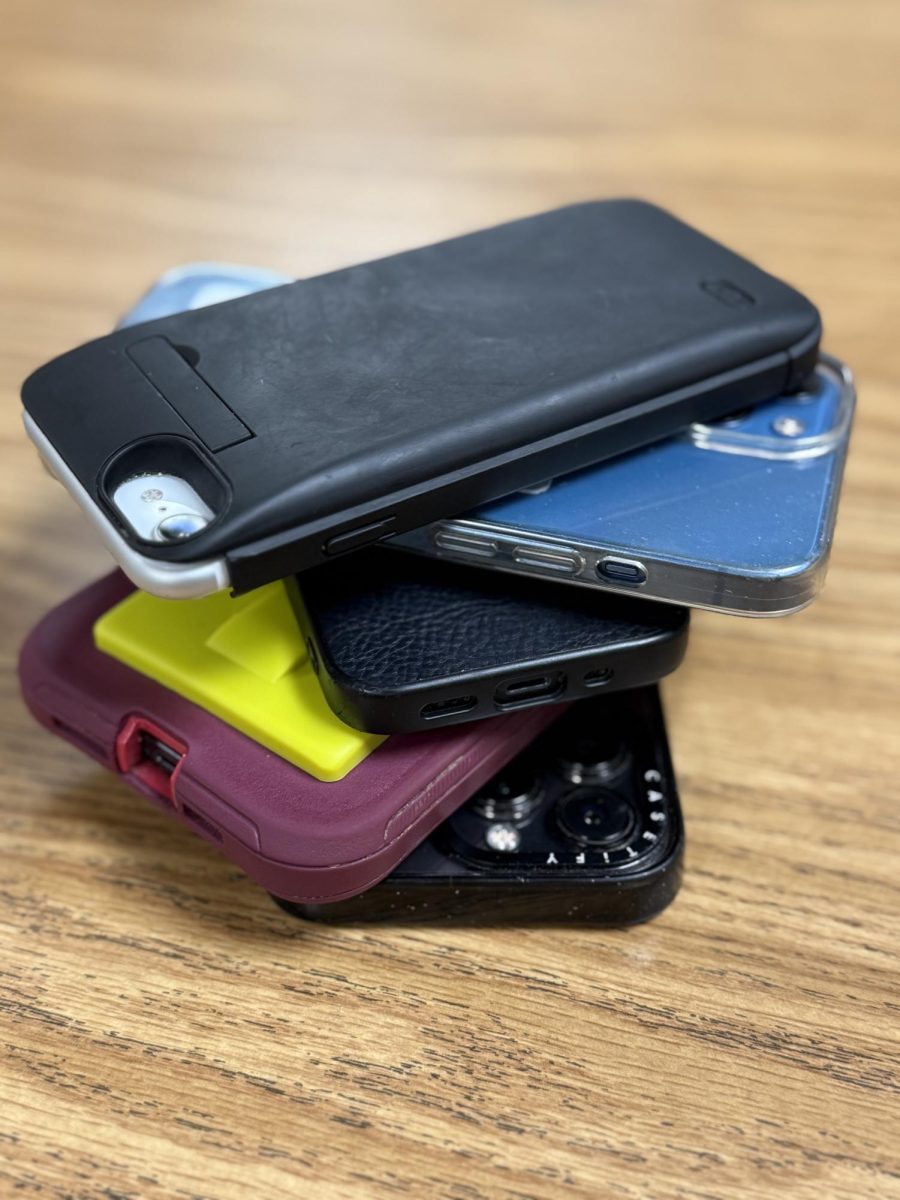In late September, Gov. Gavin Newsom signed Assembly Bill 3216 — or the Phone-Free Schools Act — into law.
The bipartisan bill requires schools to either severely restrict or completely ban the use of smartphones during school hours. The new law mandates all California public schools to implement some form of cell phone ban by July 2026.
For schools like Saratoga High, where academics are highly prized, the ban (or stricter restrictions) will contribute to positive outcomes. Similarly, significant restrictions regarding cell phone use will reduce the number of in-class distractions (such as mobile games), helping students absorb more information.
Under this law, students can leave their phones in a locker or secure pouch before school starts and only retrieve them at the end of the school day. Although Assembly Bill 272, signed into law in 2019, has given school authorities the ability to regulate smartphone usage in schools, these methods don’t eliminate this distraction; students still find ways to sneak phones into their seats.
For example, several SHS teachers now require their students to leave their phones in phone caddies inside their classrooms. However, this solution is insufficient, as many students deceive teachers by just putting a phone case in the caddy among other methods, and still bring their phones to their desks. The only solution is to completely ban bringing phones into classrooms in the first place.
Some schools such as Dymally High in Los Angeles have already enacted their own policies to minimize the time students spend on their devices.
After cracking down on cell phones and banning their use on school grounds in 2023, Dymally High teachers noted greater attentiveness from students and a slight increase in test scores, as reported by the Los Angeles Times. Another unintended consequence of banning phones was that students became a lot more social and explored different ways to spend their newly found free time. For instance, teachers observed students at Dymally High became noticeably more social after participating more actively in clubs and school-related organizations.
For the past three years, my friends and I have always been glued to their phones, typically scrolling through short-form content such as Instagram Reels. Accompanying this increase in social media use, they also began to complain more about not understanding class material. But, if we weren’t using our devices during class, we would probably understand the concepts much better.
Truthfully, cell phone use is a form of addiction, and the only way to resolve this issue is by taking a sweeping course of action, as Dymally High did. The unfortunate truth is that, if schools really want to support their students’ academic success by unhooking them from social media, schools need to take drastic measures to remove student access to phones.
With the uptake in the use of social media platforms such as TikTok in the past few years, more and more evidence has emerged of its negative effect on teens and preteens. During the COVID-19 pandemic, I watched numerous students spend almost every waking hour of their days on social media. But when the pandemic restrictions eventually ended, the time they spent on these platforms did not decline, even as they had much less time to spare since they had to go to in-person schools again.
The social media addiction contributed to by the pandemic also resulted in a general lack of social skills for many current teenagers. A study by Virginia Tech’s department of psychology found that teens are now much less socially active and significantly more awkward and introverted than before the pandemic.
This is particularly detrimental because children develop significant interpersonal skills —such as the ability to communicate in team environments and maintain self-esteem — around their middle and high school years. Therefore, Gen Z’s overuse of social media has earned us this sadly accurate moniker: the “lonely generation.”
If this damage is not reversed soon, Gen Z and Gen Alpha will continue to lose their already limited social skills, and this pool of future workforce members will become unable to efficiently communicate with others and contribute to society.
For the district, a potential means to implement Assembly Bill 3216 is a system to physically prevent students from accessing their phones during class hours. District leaders can take inspiration from Dymally High, where they invested in Yondr pouches, which are magnetically sealed and can only be opened by a digital key.
This way, in the case of emergencies, students will be able to access their phones, but will be unable to do so without a teacher unlocking the pouches for them. On the contrary, concerned students argue that they will be unable to access some necessary means of communication or resources; however, students aren’t supposed to need to be able to reach outsiders at school in the first place, and many online resources can be accessed through school computers.
As 2026 — the year when the cell phone ban is set to take place — approaches, school districts should look into this kind of system that simultaneously provides means of communication during emergencies and distraction-free environment during regular school hours.




























